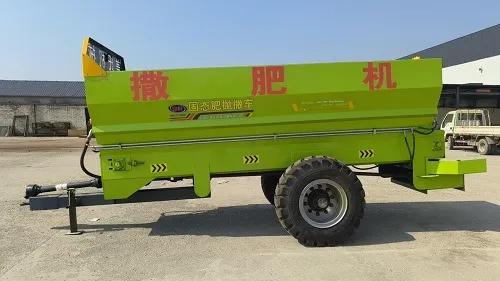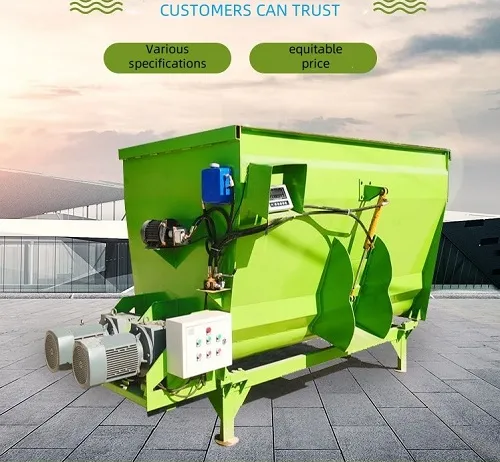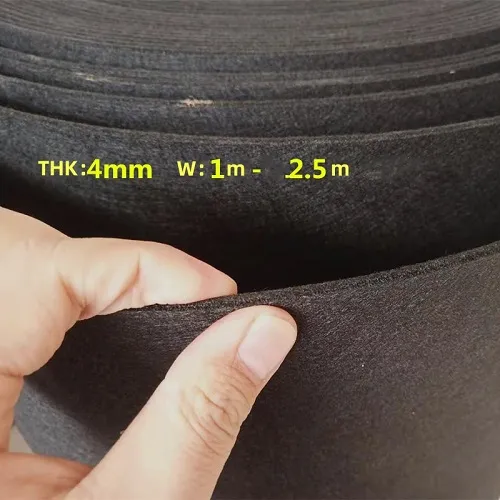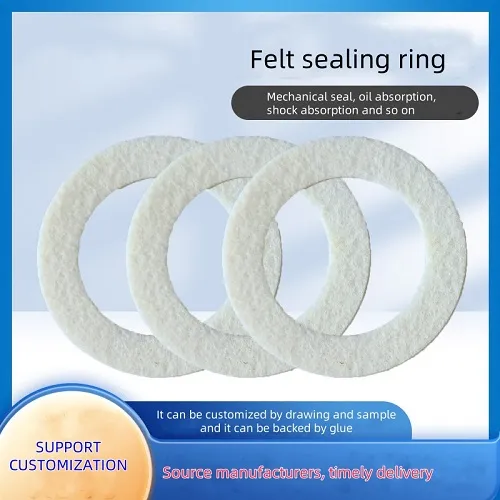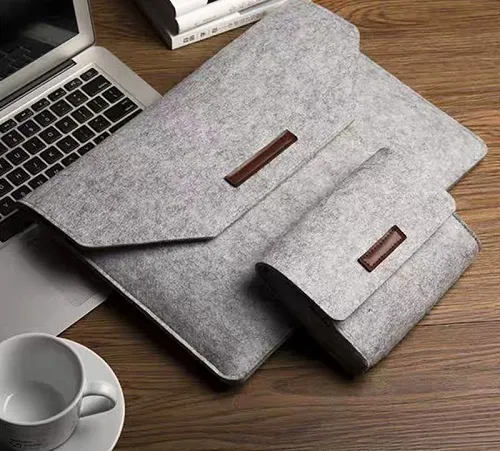Versatile Applications of Construction Felt Fabric for Building and Insulation Projects
The Versatile World of Construction Felt Fabric
Construction felt fabric is a vital material in the building and construction industry, known for its durability and various applications. This versatile material, made from wool, synthetic fibers, or a combination of both, has become a staple in many construction projects due to its unique properties. In this article, we will explore the features, uses, and benefits of construction felt fabric, and why it should be considered in modern building practices.
What is Construction Felt Fabric?
Construction felt fabric is a type of non-woven textile that serves multiple functions in construction. It is commonly manufactured from wool, synthetic fibers, or a blend of both. Wool felt has excellent insulating properties, while synthetic felts, often made from polyester or polypropylene, are resistant to moisture and rot. The merging of these materials results in a product that is both durable and functional.
Applications of Construction Felt Fabric
The primary use of construction felt is as an underlayment in roofing. It provides a protective layer that prevents water and moisture from penetrating the roof and causing damage. Felt is also used in wall and floor installations, particularly under tiles and hardwood floors, to provide additional insulation and cushioning.
Another significant application is in soundproofing. Construction felt fabric serves as an acoustic barrier, absorbing sound and reducing noise pollution in various settings. This makes it an excellent choice for multi-family homes, commercial buildings, and any space where sound reduction is desired.
In addition, construction felt is used in landscaping and gardening. It helps to control weed growth while allowing water and nutrients to pass through, benefiting the plants and soil underneath. This property makes it a popular choice among landscapers and gardeners who seek to maintain healthy outdoor spaces.
construction felt fabric
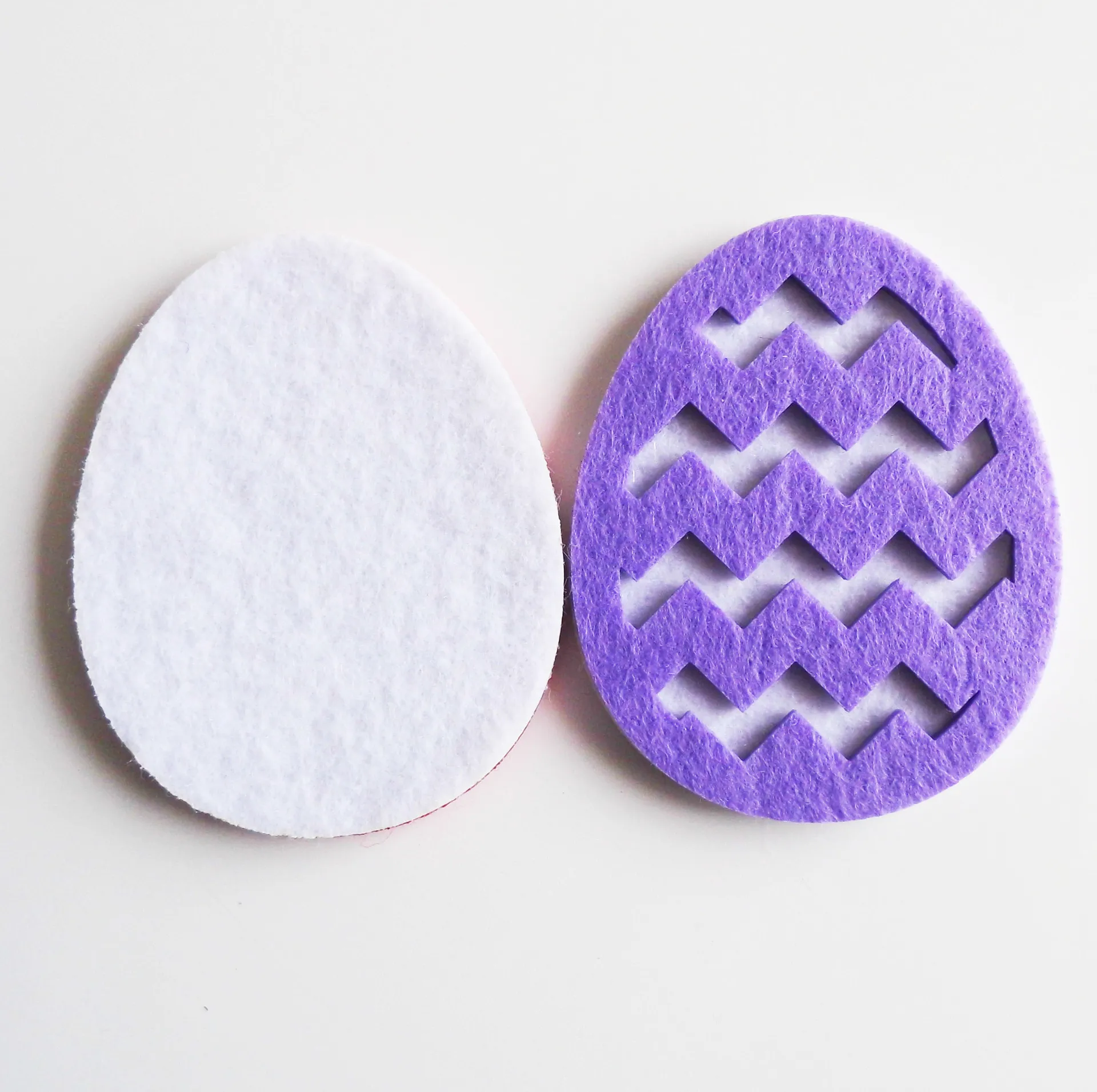
Benefits of Construction Felt Fabric
1. Durability One of the most notable advantages of construction felt fabric is its durability. It can withstand harsh environmental conditions, such as UV exposure, moisture, and temperature fluctuations, making it a long-lasting option for various applications.
2. Cost-Effective Compared to other building materials, felt fabric is relatively inexpensive. It provides an economical solution without compromising on quality, making it a smart choice for builders and homeowners looking to minimize costs.
3. Eco-Friendly Options Many types of construction felt are produced from recycled materials or natural fibers, making them a more sustainable choice. As environmental concerns grow, using eco-friendly products in construction is becoming increasingly important.
4. Easy Installation Construction felt is lightweight and easy to handle, allowing for quick and efficient installation. Whether being laid as an underlayment or used in other applications, its manageable nature can save valuable time on construction projects.
Conclusion
In conclusion, construction felt fabric is an essential material that plays a significant role in the building industry. Its versatility, durability, and cost-effectiveness make it suitable for a wide range of applications, from roofing to soundproofing and gardening. As the construction industry continues to evolve, the demand for efficient and eco-friendly materials like construction felt is likely to grow. Builders, architects, and homeowners alike should consider incorporating construction felt fabric into their projects to enhance performance, improve insulation, and ultimately contribute to more sustainable building practices. Whether you are a seasoned construction professional or a DIY enthusiast, understanding the benefits and uses of construction felt fabric will empower you to make informed decisions for your building needs.
-
What Makes Felt a Great Choice?NewsNov.19,2024
-
Total Mixed Ration (TMR) Feed for CattleNewsNov.19,2024
-
The Ultimate Guide for Felt Polishing WheelsNewsNov.19,2024
-
Industrial Felt for Various ApplicationsNewsNov.19,2024
-
Felt Makeup Bags and Inserts BagsNewsNov.19,2024
-
Choosing the Right Hotel TowelsNewsNov.19,2024
-
Your Go-To Guide For Affordable Wholesale Wool FeltsNewsOct.31,2024

